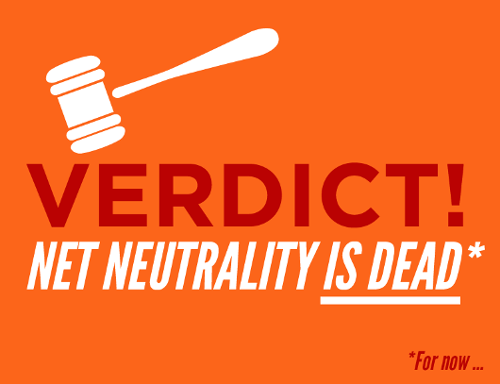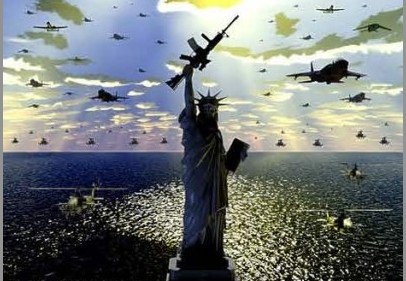I was shocked to find myself in almost perfect agreement today with a recent column by the neoconservative pundit Charles Krauthammer.
Usually Krauthammer has me groaning, but yesterday his column nailed it.
He was writing about what he correctly observes as the end of “American hegemony” in the global political sphere.
As Krauthammer lays this “grim” picture out, six years of President Obama’s weak-kneed foreign policy, “compounded by” his “proposed massive cuts in defense spending, down (sic) to pre-Pearl Harbor levels,” have allowed a revanchist Russia and a newly aggressive China to make “an open challenge to the post-Cold War, US-dominated world that Obama inherited and then weakened beyond imagining.”
Krauthammer cites as his main evidence of this “major alternation in the global balance of power” the deal just struck between Russian President Vladimir Putin and Chinese President Xi Jinping, who, during a visit to Shanghai last week by the Russian leader, inked an agreement for Russia to sell some $400 billion worth of its natural gas to China over the next 30 years. The deal would include the building of a $70-billion pipeline from Russian gas fields in Siberia to China’s industrial heartland, and would “deflate” a threat made by the US and Europe during the current Ukrainian crisis to end Europe’s reliance on Russian gas.
Krauthammer also pointed to President Xi’s call for a new Asian region security system that would link China, Russia and (gasp) Iran — an arrangement which, if implemented, he warns could “mark the end of a quarter-century of unipolarity and … herald a return to a form of bipolarity — two global coalitions: one free, one not — though with communism dead, not as structurally rigid or ideologically dangerous as Cold War bipolarity. Not a fight to the finish, but a struggle nonetheless — for dominion and domination.”
Setting aside Krauthammer’s breathless horror at this new “bi-polar” global political environment, and his ideologically-blinded description of the US/NATO “side” as “free” as opposed to the Russia/China “side’s” being “not free” (and adding the observation that actually a $400-billion deal over 30 years is really not that big a thing, working out to just over $13 billion a year), there is much here that does accurately portray what is happening.
Missing from Krauthammer’s analysis, typically, is the history behind this development.
 Neocon columnist Charles Krauthammer sees America's decline in new pacts between China's Xi Jinping and Russia's Vladimir Putin
Neocon columnist Charles Krauthammer sees America's decline in new pacts between China's Xi Jinping and Russia's Vladimir Putin








